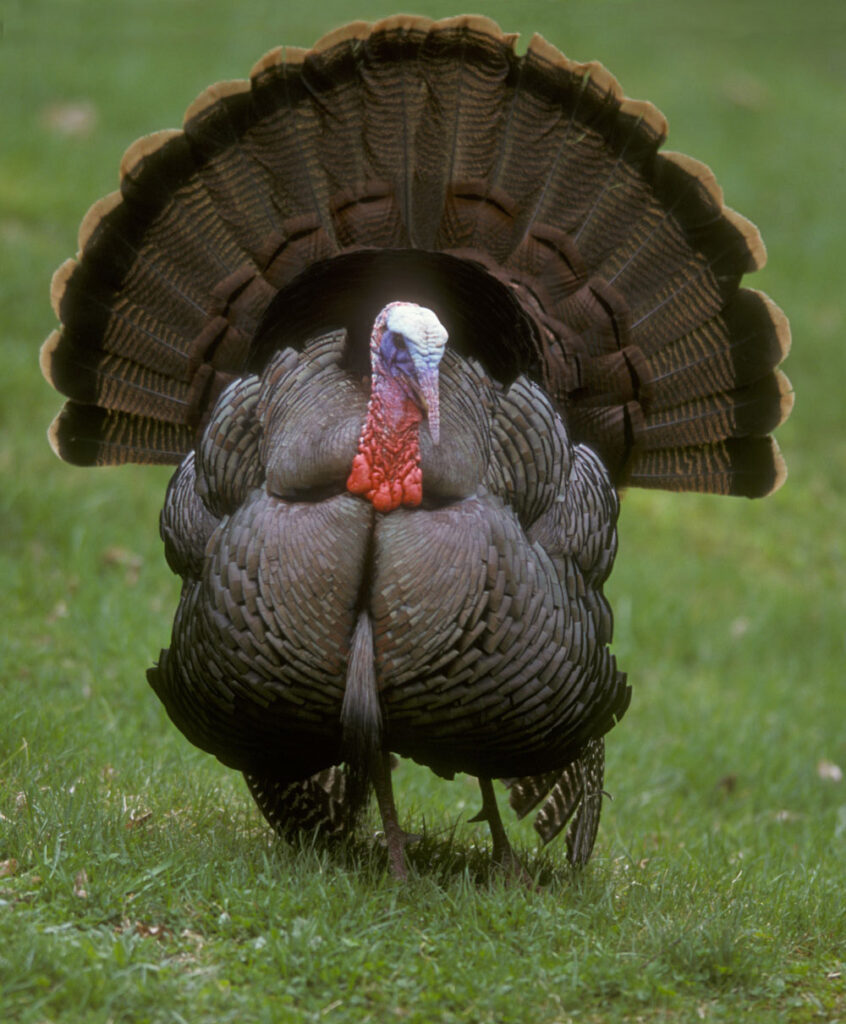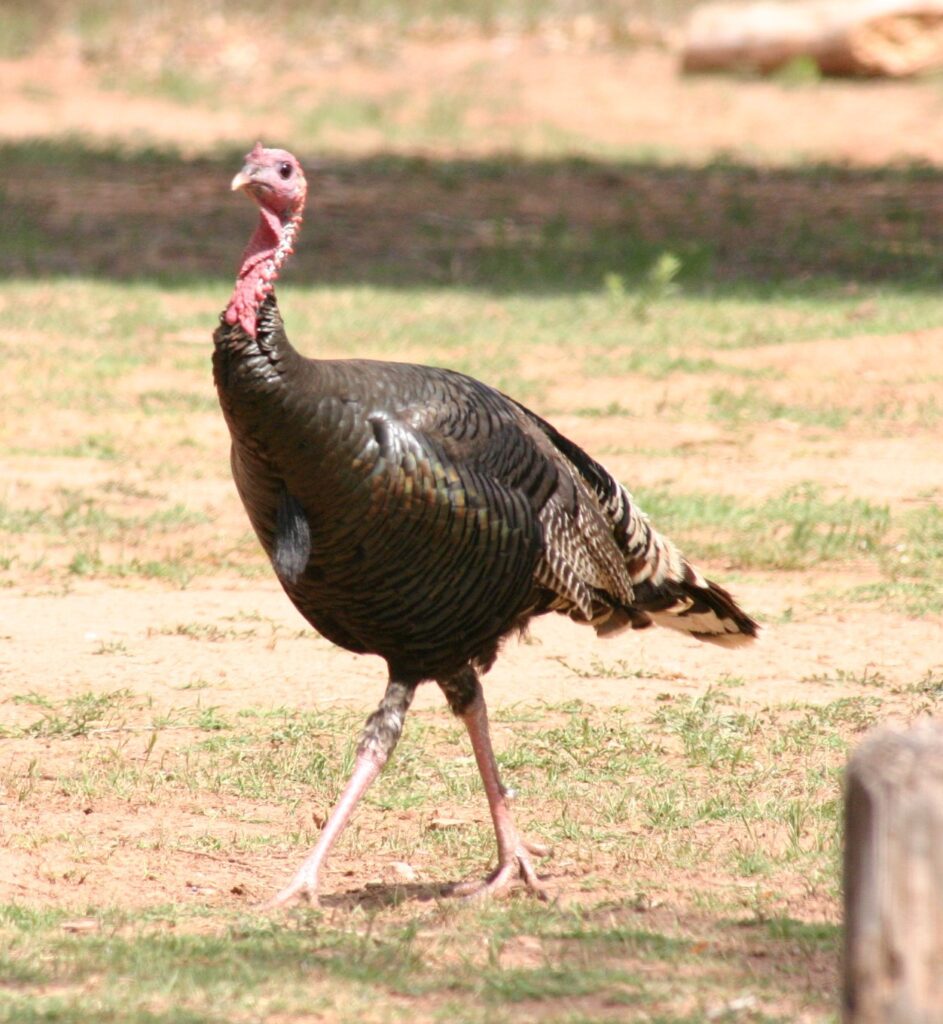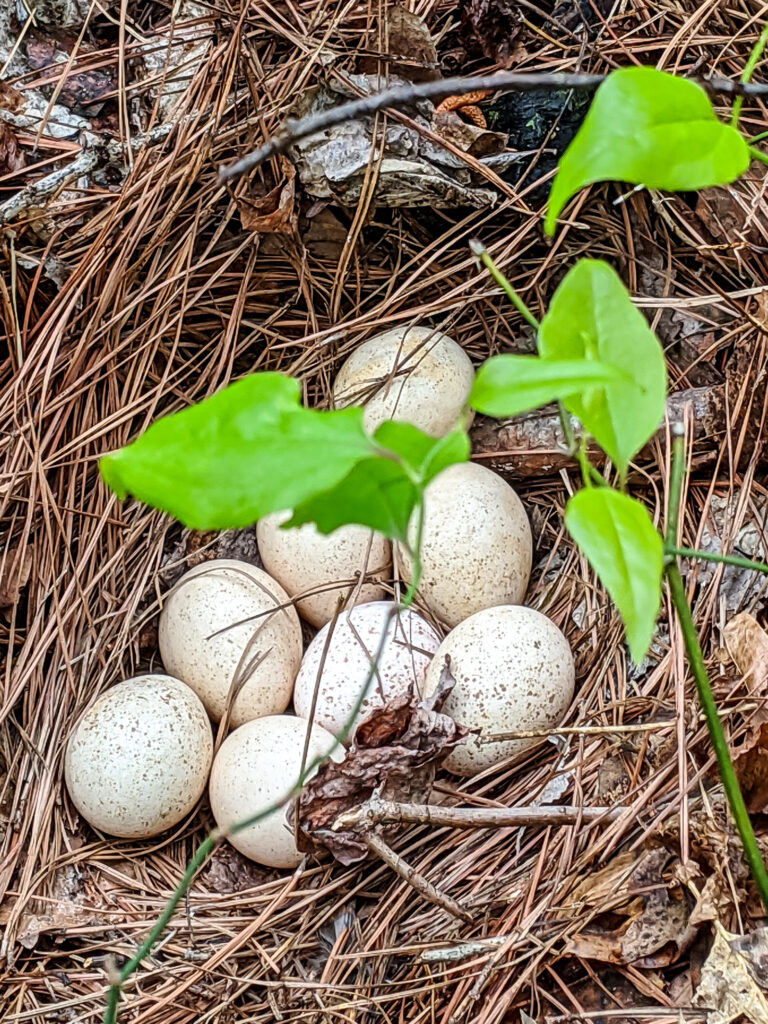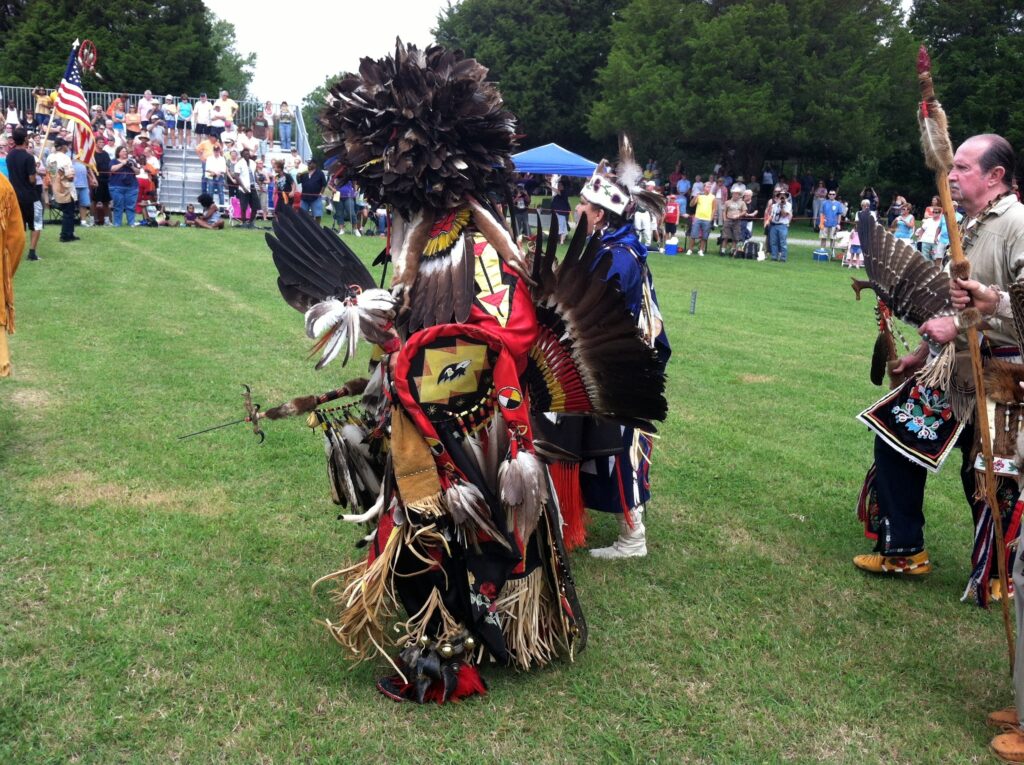Appreciating An American Icon That’s More Than Just Thanksgiving Dinner

Image by Riki7 – Own work, Public Domain, https://commons.wikimedia.org/w/index.php?curid=6957499
If you didn’t know this one was coming, you don’t know my sense of humor yet. It’s that time of year, so let’s take a deeper look at the majestic and iconic wild turkey.
With a geographic range spanning across the North American continent, they can be found from the dense forests of Canada to the open woodlands of Mexico. This adaptable species thrives in a variety of habitats, such as: forests — particularly hardwood and mixed pine groves — with scattered clearings; areas around rivers and streams; open habitats in the semi-arid southwest, such as timber plantations, pasture and agricultural clearings.
During the spring mating season, male turkeys or “toms” perform elaborate courtship displays to attract females. These typically include puffing out their chests, fanning their tail feathers, and their distinctive gobbling sounds. The competition among toms for the attention of hens is a captivating spectacle for birdwatchers lucky enough to witness it.
When nesting and breeding time rolls around, the hens will construct shallow nests on the ground, hidden among tall grasses or underbrush.

By Wing-Chi Poon – Own work, CC BY-SA 2.5, https://commons.wikimedia.org/w/index.php?curid=289647
After laying a clutch of eggs, she incubates them for about 28 days. The vulnerability of the ground nests adds an element of suspense to the birdwatching experience, as observers eagerly await the hatching of the turkey chicks or “poults.”

https://commons.wikimedia.org/w/index.php?curid=3670496
Wild turkeys are entirely non-migratory. They establish territories and roost in trees, providing a consistent presence for birdwatchers in specific regions. Understanding their roosting patterns is key for those hoping to observe these magnificent birds in their natural habitat.
Opportunistic omnivores with diverse appetites, wild turkeys eat a variety of plant and animal foods. Their diet varies with the season, region, and subspecies and includes nuts, berries, seeds, insects and small amphibians. Favorites include acorns, crabapples, wild grapes, corn, wheat, cacti buds, grasshoppers, snails, snakes and salamanders.
The fascinating folklore surrounding wild turkeys adds a layer of cultural significance. In Native American traditions, the turkey is often associated with abundance and shared resources. Various tribes have myths and legends featuring the turkey as a symbol of good fortune and communal prosperity.
For the Pueblo, the wild turkey is associated with fertility, abundance, and rain. In one myth, the turkey was a messenger from the storm god and brought rain clouds to Earth. The bird also helped humans plant corn and taught them how to dance and sing.

By DrewHeath – Own work, CC BY-SA 4.0,
https://commons.wikimedia.org/w/index.php?curid=89854683
To this day, some tribes honor the turkey by making offerings of corn and feathers, and imitating its movements in their dances.
Not all folklore is quite so reverential. For example, the Lakota consider the wild turkey to be a trickster and shape-shifter. According to one story, the turkey was a man who was cursed by a witch and turned into a bird. Although the turkey tried to trick people into believing he was still human, they saw through his disguise and laughed at him. The turkey was ashamed and ran away, but he still tries to fool the people with his human-like voice and behavior.
Birdwatchers seeking to observe wild turkeys will find certain environments more fruitful than others. Woodlands with a mix of open spaces — providing a balance of cover and visibility — are prime locations. So are areas near water sources and fields with ample food resources. Patience is a must, since watching these birds in their natural habitat requires the observer to be quiet and unobtrusive.

By Tony Alter from Newport News, USA – Grand Entry, CC BY 2.0,
https://commons.wikimedia.org/w/index.php?curid=82110831
Attracting wild turkeys to your yard can be both challenging and rewarding for bird enthusiasts. Plant a variety of native trees and shrubs that produce their favorite nuts and seeds to help create an inviting environment. Acorns are a particular favorite. Ground feeding stations might offer cracked corn, berries, fruits, seeds, grapes, and mixed birdseed. In addition, leave fallen branches and leaves in place and provide open spaces to mimic their natural habitat.
So there you have it. The wild turkey is an iconic and captivating bird with a rich tapestry of behaviors, characteristics and related folklore. By observing and appreciating the wild turkey, we obtain a deeper understanding of the vast biodiversity that enriches our natural world.
By Steven Roberts

